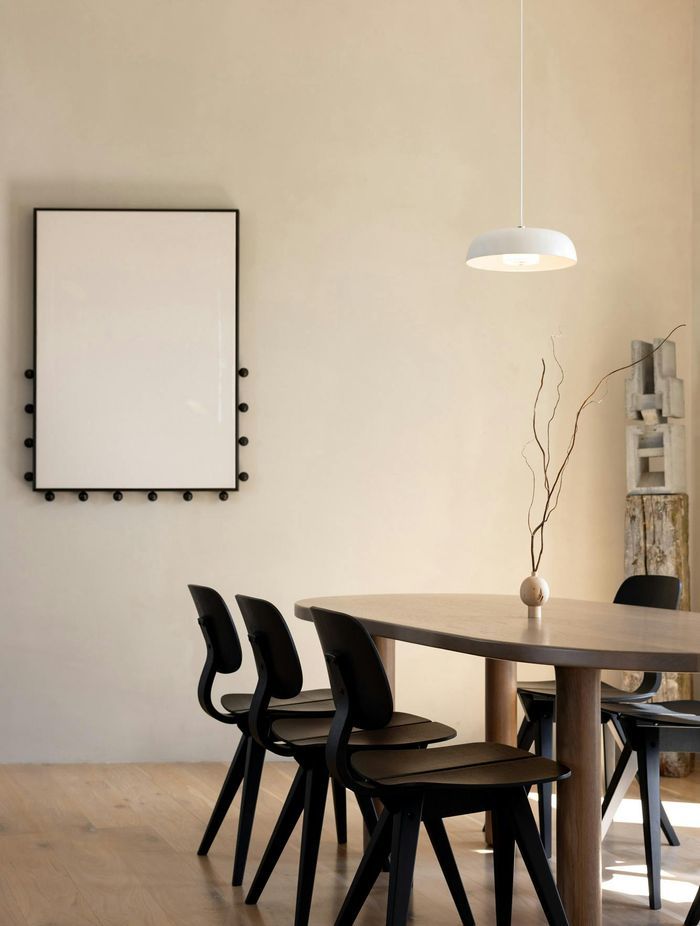The role of architecture in brand building
Written by
13 November 2025
•
5 min read


When you walk into a store where the interior design perfectly reflects the brand, there’s a certain visual fluency that gives you confidence in the company. A brand is far more than a logo, and creating spaces that build trust and connection with a business is a special art.
For Wonder Group’s Buster Caldwell, architecture is one of the most powerful tools a business can use to build identity. His team specialises in creating physical environments that express who a brand is and what it stands for, from fledgling start-ups to established names.
“It's so much fun working with the optimism of brands that are new to market, but we also learn a lot from businesses that have been through it a few times,” shares Buster. “In both cases, the design of the spaces can have a huge impact on the success of the business.”
Starting off in the industry in the smaller-scale commercial space, Buster was initially very hands-on in the delivery of interior spaces. As those jobs quickly grew bigger in scale and Wonder Group was founded, that hands-on approach hasn’t changed.
“It’s what we’ve become known for: Collecting special spaces and special clients, and then working with local craftspersons and artists to bring a sense of unique and personal attitude to ensure that those spaces are one-of-a-kind.”
For Wonder, the approach to designing spaces for well-established brands and newer businesses is no different. Each has its own challenges and opportunities. However, one difference between working with a bigger company and a younger one can be the balance of vision and experience.
“With more established brands, they often have a little bit less vision, but a little bit more expertise, so the support that we offer is more creative challenging—pushing their boundaries in terms of their vision for the project,” shares Buster. “Whereas, businesses newer to the market who haven't been through the process before so many times often have a lot more to learn, but come in through the doors with all these beautiful design references and aspirations that they're looking to achieve.”
Elevating a brand’s presence through interior architecture and spatial design requires understanding the brand identity and the objectives of the business, but for Wonder Group it also involves challenging conventional ways of creating spaces. When the studio designed Forté’s first Experience Centre in Auckland, it was a chance for the flooring and cladding giant to shift their position to become a more design-led business by challenging market norms in their new showroom space.
“It was an interesting journey to go on with them because they knew they wanted to create a really inspirational space where architects could bring homeowners or their clientele through, where they would be able to imagine the product in a luxury residential space.”


Prior to that, most flooring showrooms featured fluorescent light and uninspired design, with a patchwork of flooring products across the floor, using the space as an area to sell a wide range of product from rather than to inspire customers.
“Working on that job was quite a mind shift for their company to imagine a fully designed, sophisticated interior space with only one type of flooring on the floor that showcases the product in all of its glory rather than a whole bunch of products.”
There was a huge amount of commercial success off the back of that project for Forté, which speaks to the power of stepping outside the box. Another successful project at the other end of the scale was Duck Island Ice Cream’s Ponsonby scoop store. It was small in scale with a tight budget, but it is one of Buster’s favourite projects.
“It was such a cool moment in time to work on a project that all of your friends wanted to visit, then once it happened, you saw lines out the door every day you drove past,” shares Buster. “It was a huge moment, of course, for them as a younger business in terms of brand awareness, but also in cold hard cash, you know, you saw those sales just go absolutely nuts.”
The process of crafting a fully resolved brand experience follows a similar path regardless of scale, says Buster. What changes are the conversations and the challenges along the way.
“The journey isn’t necessarily different between a new or established brand,” he explains. “It’s about how open they are to exploration, whether that means refining an existing story or defining one from scratch.”
Ultimately, Buster and the Wonder Group team see architecture as a powerful tool for storytelling. Through design, they translate a brand’s values and personality into a tangible, emotional experience. When a space resonates so strongly that visitors immediately understand what a company stands for, that’s when the design truly elevates the brand.